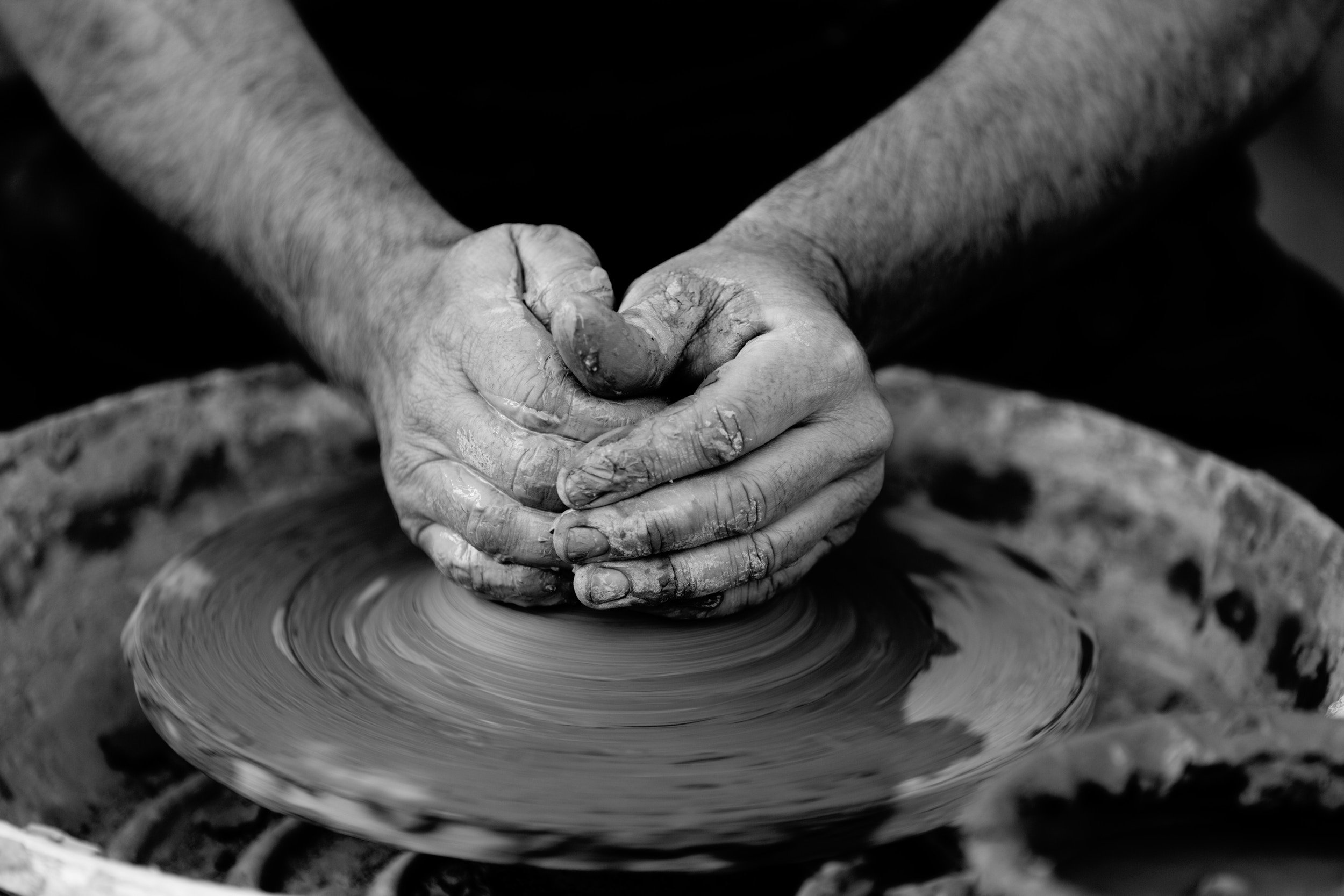Clay Calms the Nerves for People with Dementia
Text by Rick McVicar
Several researchers and practitioners agree that clay sculpting can have a pleasurable and positive effect on people living with dementia.
For instance, Dr. Shruti Bhattacharya, on her blog, The Guilt Free Mind, writes about the calming effect while adding that the brain also works at an even deeper level during sculpting. The article, “Effects of Sculpting-Based Art Therapy,” was posted Feb. 2, 2021.

The nonverbal nature of sculpting lends itself to being beneficial for people with dementia who are losing their language skills, according to the article.
“It helps people make sense of their emotions,” Bhattacharya notes.
The whole point of sculpting is to use solid material to create representations of ideas or people. It can be fun and entertaining.
“Sculpting can lead a person to imagine possibilities and a future that is much beyond the present moment in which they may feel depressed,” Bhattacharya adds.
The process involves making decisions, such as what type of clay to use. The sculptor must prepare themselves for new possibilities.
The calming effect of clay is also noted by Melissa McAlees, writing for carehome.co.uk in the article, “Clay Therapy Offers Pathway into Communication and Reminiscence for People with Dementia,” Jan. 29, 2016.
The benefits of clay for people with dementia are plentiful. Clay provides creative stimulation that in turn increases confidence, concentration and motivation. Working with clay enhances fine motor skills and can help with socialization when it is a part of a group activity.
Further, the American Academy of Neurology has found that arts and crafts in general can reduce the risk of “developing mild cognitive impairment (MCI), which can often lead to dementia,” McAlees writes.
Please feel free to either comment or share on social media. Thank you for your support.
